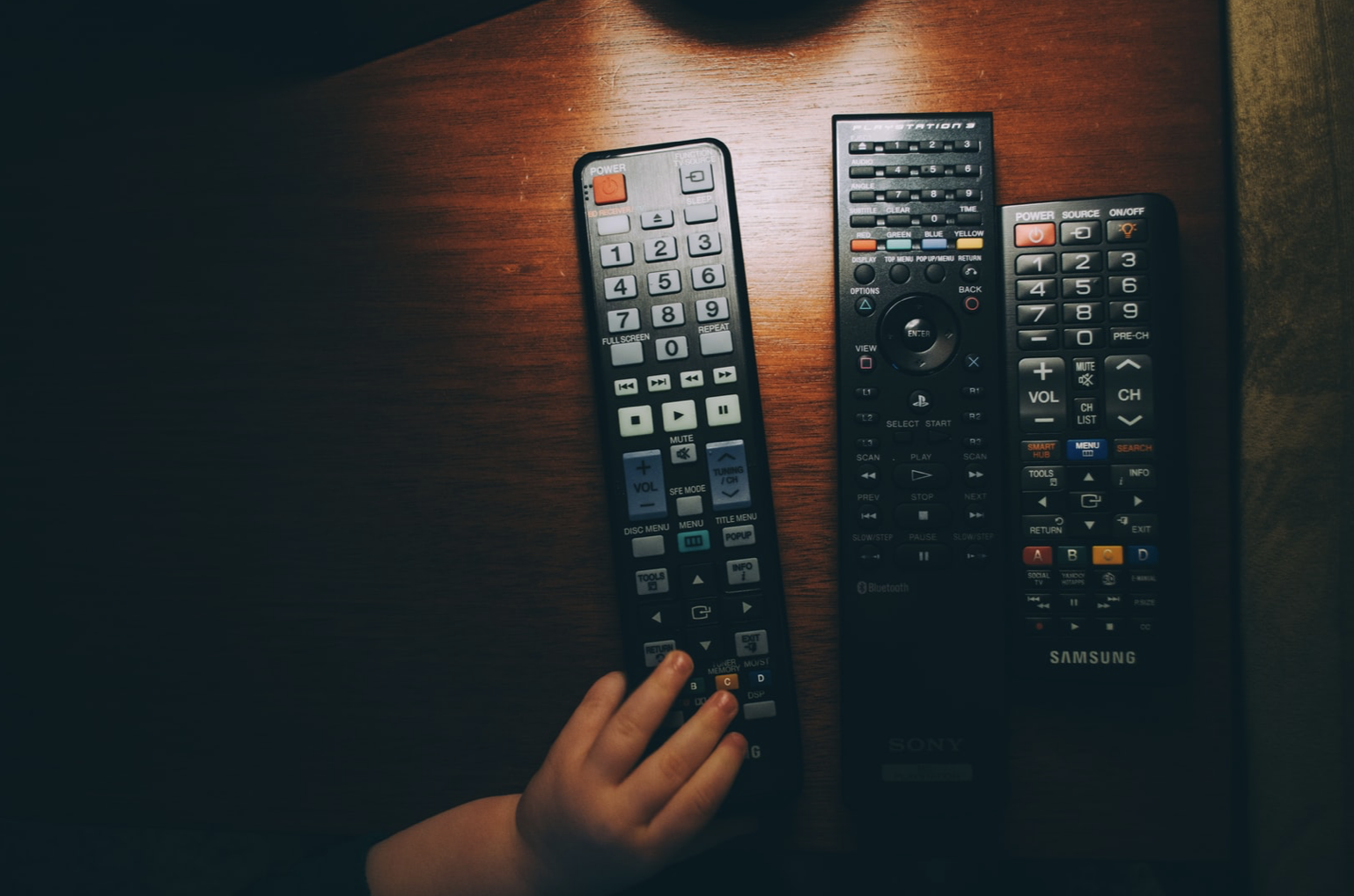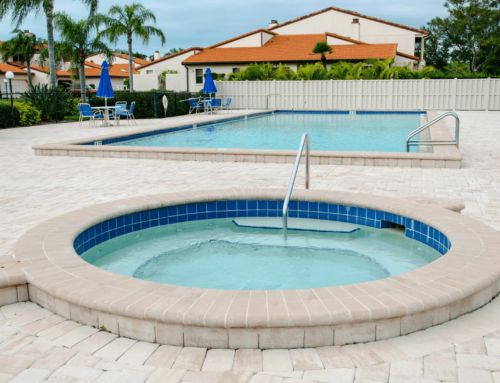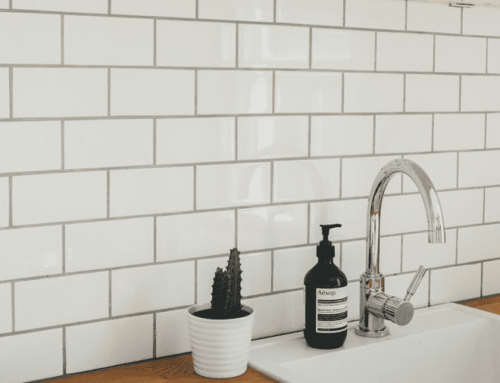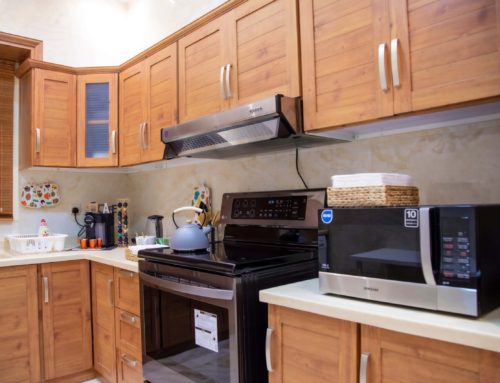
Remote controls for TVs, cable boxes, and media players get handled all the time, often with hands that aren’t exactly sparkling clean. With spreading concern over COVID-19, the disease caused by the novel coronavirus, it is a suitable time to sanitize remote controls.
As research suggests, the coronavirus may survive on surfaces for hours or even days. But the good news is that various products and solutions can kill viruses like this one.
Approved Cleaning Products for Remotes
The CDC claims that common disinfectants can kill the coronavirus. However, be sure these products are registered by the Environmental Protection Agency (EPA).
To help you choose one, the American Chemistry Council’s Center for Biocide Chemistries compiled a list with dozens of EPA-approved options. The list includes Clorox cleaner and bleach products, Lysol disinfectants, Purell sanitizers, and Zep disinfectants and cleaners.
The CDC claims that a household bleach or alcohol solution can clean remotes. For a bleach solution, mix four teaspoons of bleach into a quart of water. (After using the solution, be sure to wipe the remote with a moist cloth to prevent damage and discoloration.) For the latter, the solution should be at least 70 percent isopropyl alcohol. Be careful when using either solution near fabric or leather, as it can damage or stain these materials.
You should always wear disposable gloves when cleaning and disinfecting, too. Discard gloves after each cleaning. Also, remember to open windows to ventilate the room where you’ll be applying the disinfectant. When you finish cleaning, wash your hands with soap and water for at least 20 seconds.
You can find more information on cleaning and disinfecting guidelines on the CDC website.
Wipe The Remote (Don’t Spray) to Sanitize Remote Controls.
When it comes to cleaning a remote control, you should start by removing the batteries.
Then turn the device upside down so that the buttons are facing downward. Shake it or tap it against your palm to dislodge any debris that might have fallen between the keys. If you have a compressed air canister, give the remote a blast to shake free any additional matter.
When applying the disinfectant, don’t spray any solution directly onto—or into—the device. Use a wipe instead, or a paper towel or disposable cloth moistened with solution, to gently clean the outer case.
To clean harder-to-reach areas in and around the buttons, you can use a cotton swab dampened with the disinfecting solution. More stubborn debris lodged more buried into the keys can be dislodged with a dry toothbrush or wooden toothpick.
When you finish cleaning the remote, let it air dry, suggests Brian Sansoni, head of communications at the American Cleaning Institute. This trade group represents product manufacturers. Once the remote is thoroughly cleaned and dried, you can re-install the batteries. Then rewash your hands for 20 seconds, and you—and your remotes—will be good to go.
Need more advice? Be sure to check out all of the recent news articles by Crystal Cleaning Janitorial Services.
The ClezOzone Experience
Crystal Cleaning Janitorial Services is partnering with ClenzOzone to serve Pinellas County businesses better. This company develops products that safely clean better than anything else available in the marketplace. Blue Ox MAXX, ClenzOzone’s, hydrogen peroxide solution with deep cleaning power, is the product Crystal Cleaning is using to sanitize Pinellas County businesses. ClenzOzone and the sanitizing process will help enterprises survive the “new normal.”






